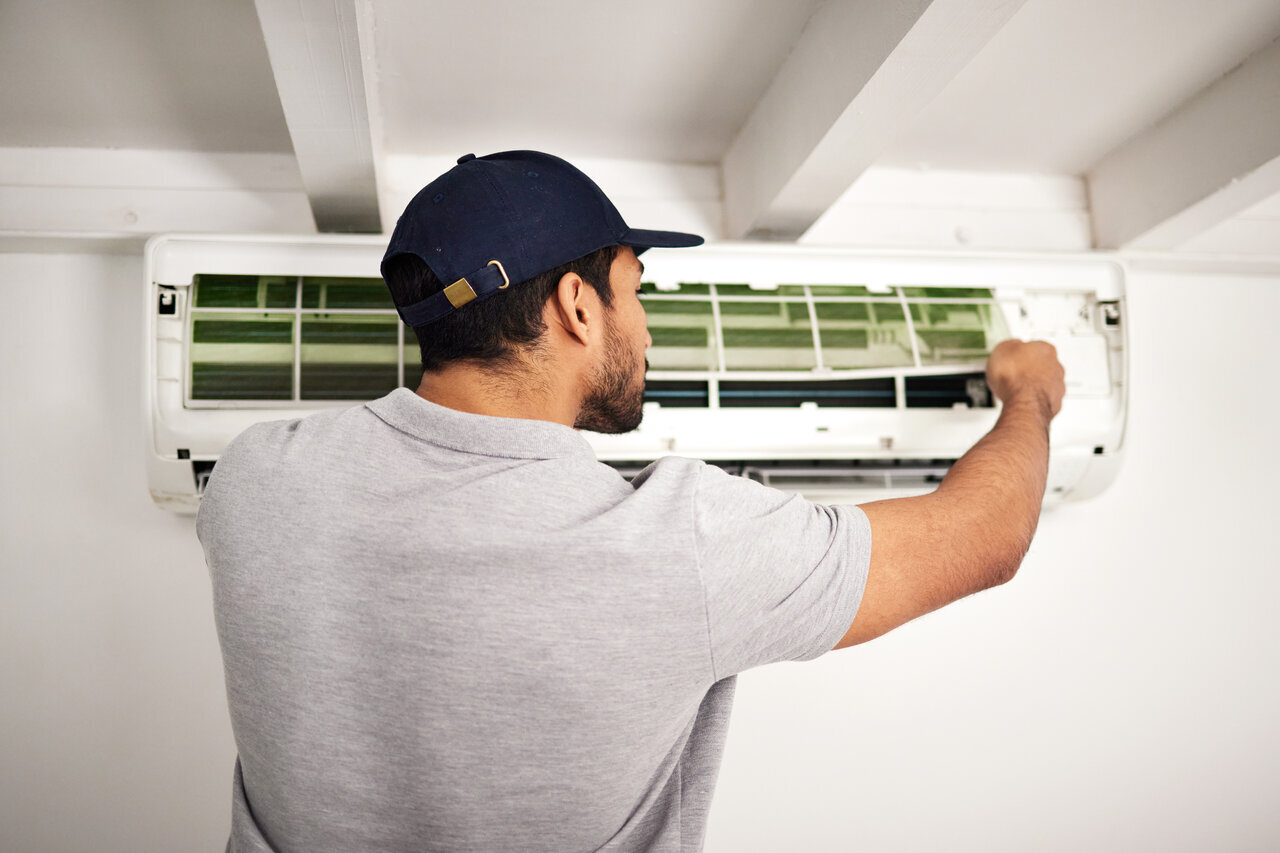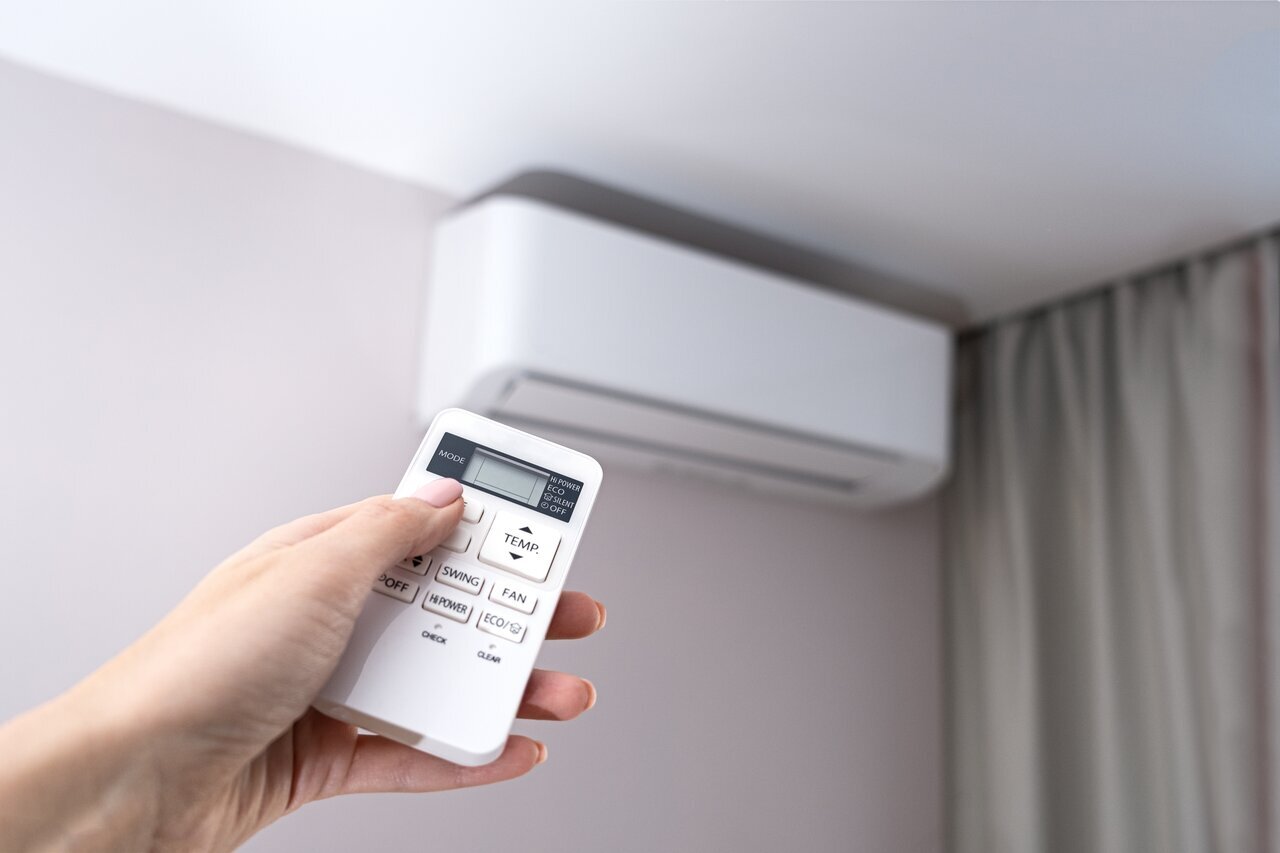What You Should Know About Replacing Your Light Switches?
Light switches are the unsung heroes of our daily lives, providing us with the power to brighten up our spaces at the flick of a finger. From the classic toggle switch to the modern touch-sensitive wonders, there’s a wide array of options to choose from when it comes to illuminating your world.
However, as with any electrical component, light switches can wear out over a period, leading to decreased performance or even safety hazards.
According to the National Electrical Safety Foundation, as many as 20% of home switches have issues that could cause them to fail entirely. In fact, most of these switches are installed improperly—a mistake that can lead to serious damage and even fire hazards if they aren’t repaired quickly enough.
The good news? It doesn’t have to be this way! If you’re experiencing problems with your home’s light switches, it’s time to replace the light switch.
Whether you’re a homeowner, renter, or simply someone who wants to enhance their understanding of electrical light switches, we’ve got you covered!
In this blog post, we will shed light on the various types of light switches and the signs indicating when it’s time to replace them. Whether you’re a seasoned DIY enthusiast or a beginner with a newfound curiosity, we’ll also provide you with simple steps and helpful tips to make the light switch replacement process a breeze.
So, let’s shine a light on your electrical know-how and keep your space brilliantly lit!
Types of Switches
Switches are a common feature of homes and buildings. They come in many shapes, sizes, and colors, but they all have one thing in common: they help you control the light in your home.
But did you know that there are different types of switches that are used in homes? Here are some of the most popular types of switches that are commonly used in homes:
- Single Pole Switch: A single pole switch is the most basic type of switch. It simply turns power on or off to one outlet, light, or other device. The switch itself is easy to install, but the wiring can be tricky. You’ll need to know how to wire the switch to work properly with your electrical system.
- Double Pole Switch: Double pole switches are similar to single pole switches in that they have two positions, but instead of just completing or disconnecting one circuit, double pole switches complete or disconnect two circuits at once! This makes them a great option for lighting fixtures that have multiple bulbs that need to be controlled by one switch (like a porch light).
- Toggle Switch: This is the most common type of light switch, which features a lever that can be flipped up or down to turn the lights on or off.
- Dimmer Switch: This switch lets you adjust the light brightness by sliding or rotating a dial. They are commonly used in areas where variable lighting levels are desired, such as dining rooms or living rooms.
- Rocker Switch: A rocker switch has a flat, rectangular shape and operates by pressing one side to turn the lights on and the other side to turn them off.
- Push Button Switch: These switches have a button that is pushed to toggle the lights on or off. They are commonly seen in older homes or as part of decorative switch designs.
- Slide Switch: Slide switches have a small lever that slides from one position to another to control the lights. They are often used in conjunction with dimmer functionality.
- Touch Switch: These switches do not have any physical buttons or levers but use touch-sensitive technology. A simple touch on the switch’s surface can turn the lights on or off.
- Remote Control Switch: These switches come with a handheld remote control that allows you to operate the lights from a distance. They are convenient for controlling multiple lights or hard-to-reach areas.
- Motion Sensor Switch: Motion sensor switches automatically detect movement and turn the lights on. They are commonly used in areas such as hallways, garages, or outdoor spaces for energy efficiency and convenience.
- Timer Switch: Timer switches enable you to set specific times for the lights to turn on or off automatically. They are helpful for creating a sense of security when you’re away from home or for managing outdoor lighting.
How Does Light Switch Wiring Work?
Light switch wiring is an essential aspect of electrical installations that enables us to control the flow of electricity to our lighting fixtures.
Behind the switchplate, a network of wires connects the light switch to the power source and the light fixture. Generally, a light switch consists of two terminals, known as the “hot” or “live” wire and the “switched” or “load” wire. When the switch is in the off position, the hot wire is disconnected from the load wire, interrupting the circuit and preventing electricity from reaching the light fixture.
Once the switch is toggled to the on position, the hot and load wires are connected, allowing the electrical current to flow and illuminate the light. The complexity of light switch wiring can vary depending on the circuit configuration, the number of switches controlling a single light, and the presence of additional components such as dimmers or timers.
Understanding the principles of light switch wiring is crucial for safe and efficient electrical installations, ensuring we have convenient control over the lighting in our spaces.
When To Replace Your Light Switch?
When you need to replace your light switch, it can be hard to know when it’s time. You might have to turn the lights on and off a few times before you notice that they’re not working quite right. Or maybe the switch has gotten so old that it just doesn’t work anymore.
But there are some signs to look for that will tell you whether or not it’s time for a new switch. Here are six of them:
- Frequent Flickering or Dimming: If your light switch is flickering or dimming, it’s time to replace it. The problem could be in the wiring, so you should call an electrician for an electrical inspection before you do anything else. However, if it’s just the switch itself, then there’s no need to call in an Orange County electrician. You can replace it yourself and save some money on labor fees—and since replacing a light switch is so easy, there’s no reason not to do it yourself!
- The Switch Doesn’t Stay in Position: Your light switch should stay in position when you turn it on and off. If it doesn’t stay in position, this may mean that the spring inside has worn out, which means it won’t work anymore. This can happen when people keep turning the lights on and off too quickly, so if this happens to you and you want to repair your switch, try turning off the power at the source instead of just flipping the switch back and forth over and over again until it gets stuck somewhere.
- Cracks, Discoloration, or Damage: If you notice any cracks or discoloration in the switch plate or fixture (inside or out), it could be an indication that the switch has been exposed to moisture and is starting to rust. This will eventually result in a short circuit and potentially a fire.
- Excessive Heat or Burning Odor: If you notice that your light is too hot when it’s turned on, this could be a sign that there’s something wrong with the switch itself. It might also mean that there’s too much resistance in the circuit itself. A burning odor could also indicate corrosion or other failures within the switch’s internals, which you don’t want happening near flammable materials like wood or cloth!
- Incompatibility with LED or Dimmable Lights: Modern LED lights can use dimming technology to adjust the wattage they use, which means they’ll last longer and use less energy—but only if they’re connected to a compatible light switch. If you want to make sure your new bulbs will get the most out of their lifespan and save you money on electricity bills down the road, make sure that the replacement switch will work with them.
- Age and Outdated Design: Your home may be beautiful now but what about ten years from now? Ten years ago, we didn’t have those fancy smartphones and flat-screen TVs; things change fast! If your home has an older style that doesn’t match today’s trends, then consider installing a more modern design as part of your renovation plans.
Tools And Material You’ll Need For Light Switch Replacement
To perform light switch replacement, you’ll need:
- A screwdriver or a drill
- A wire stripper tool
- A multimeter (a tool that detects electrical current)
- Drywall anchors and screws
- Voltage tester
- Needle-nose pliers
- Wire cutter
- Utility knife
- Electrical tape
- Step stool or ladder
- Flashlight
- Light switch
- Switchplate
- Wire connectors
How To Replace Your Light Switch?
Replacing a light switch is one of the easiest home maintenance tasks you can do. It doesn’t take much time or money, and it’s something that anyone can do with minimal effort. In this tutorial, we’ll walk you through the process of replacing a light switch in your home.
Note: Before starting any electrical work, make sure to turn off the power to the circuit at the breaker box and verify that the power is off using a voltage tester. If you’re unsure or uncomfortable working with electrical systems, it’s best to consult a licensed electrician in Orange County, CA.
- Gather the necessary tools and materials: You’ll need a screwdriver, voltage tester, wire strippers, wire connectors, a replacement light switch, a switchplate, and screws.
- Remove the switchplate cover: Unscrew the screws holding the switchplate cover in place using a screwdriver. Set the screws aside for later use.
- Test the wires for electricity: Use a voltage tester to confirm that no power flows to the switch. Verify that the tester shows no voltage before proceeding.
- Remove the existing light switch: Unscrew the screws securing the switch to the electrical box. Carefully pull the switch out from the box, exposing the attached wires. Take note of the wire connections and their locations.
- Disconnect the wires from the existing switch: Loosen the screws holding the wires in place. Remove the wires from the switch terminals, making sure to remember which wire was connected to each terminal.
- Prepare the new light switch: If necessary, read the instructions provided with the replacement switch. Most switches have screws or terminals labeled for easy identification of the wire connections.
- Connect the wires to the new switch: Match the wires from the electrical box to the appropriate terminals on the new switch. Typically, the hot wire (typically black) connects to the screw which is brass-colored, while the neutral white wire connects to the screw which is silver. Follow the manufacturer’s instructions or refer to the labels on the switch for guidance.
- Secure the new switch: Once all the wires are connected, you need to push the switch back into the electrical box. Align the screw holes on the switch with the holes on the electrical box and fasten the screws to secure the switch in place.
- Install the new switchplate cover: Position the switchplate cover over the switch and align it with the screw holes on the electrical box. Insert the screws and tighten them with a screwdriver until the switchplate is firmly in place.
- Restore power and test the new switch: Turn the power back on at the breaker box. With caution, test the new switch by flipping it on and off to ensure proper functionality. Verify that the connected light or fixture responds accordingly.
DIY or Hire a Professional
One of the most common questions homeowners ask is whether they should do their light switch replacement or hire a professional.
Here’s a comparison table outlining some factors to consider when deciding whether to tackle an electrical project yourself (DIY) or hire a professional electrician so that you can make an informed decision about which one is best for you:
FAQs
Light switches have a lifespan of about 10 years. After that, they can start to wear out and stop working. If they are worn out, they can cause electrical issues or even fire hazards in your home.
Bathroom light switches are typically installed with a neutral wire, which makes them safe for use in bathrooms. They’re also not exposed to water and moisture like regular switches are, so they don’t need to be waterproof. This means you can use any type of light switch you want, as long as it’s rated for the appropriate voltage and amperage requirements for your bathroom.
If you’re replacing a regular switch with a bathroom-safe one, then no—you can do it yourself. However, if you’re installing a new fixture in your bathroom, then yes—you’ll want to hire an electrician for this project. A licensed electrician has been trained and certified in electrical safety best practices, so they’ll have all the knowledge needed to ensure your home is safe and meets code requirements.
It depends on the type of light switch you need and how many lights are in your home. The average cost is $200 – $300. In general, the more expensive switches have more features and conveniences. For example, if you’re replacing an old-fashioned dimmer switch with a modern LED-compatible dimmer switch, expect to pay more than if you just want a normal on/off switch.
When to Call An Orange County Electrician
When it comes to replacing your light switch, you need to make sure you’re doing it safely. You don’t want to end up hurting yourself or your family or, even worse, destroying your home. That’s why we recommend calling Morris Air & Electric for an electrical inspection in Orange County, California!
Morris Air & Electric is a family-owned business serving the Southern California area for many years. We understand that you need to be sure the wiring in your home is safe. That’s why we offer comprehensive Electrical Inspections for both new and existing homes. Our certified electricians will carefully inspect every inch of your home’s electrical system to ensure it meets current building codes.
When you call Morris Air & Electric for an electrical inspection in Orange County, California, you can expect:
- A prompt response from our team
- A licensed electrician who has been in business for 20 years
- An expert who will make sure your house is up to code and safe for you and your family
- A complete report on what needs to be done to ensure that your electrical system is up to code and safe for you and your family
- Expertise in all phases of the electrical inspection process
- A fair estimate of how long it will take us to get to your house. No more waiting around wondering when someone will show up!
Moreover, We’ve seen it all—from fires to floods, from power outages to lightning strikes. We know how important it is to be prepared for any situation, which is why we make sure to educate our customers on how to best prevent problems with their electrical systems.
We don’t just fix things when they break—we help you understand what went wrong so that you can avoid future issues. We’ll even give you tips on how to do basic maintenance on your home’s electrical system so that you don’t have to worry about calling us every time there’s an issue.
So, if you’re looking for an electrician for electrical inspection or any other electrical services in Orange County, call us today at (833) 482-2349!






